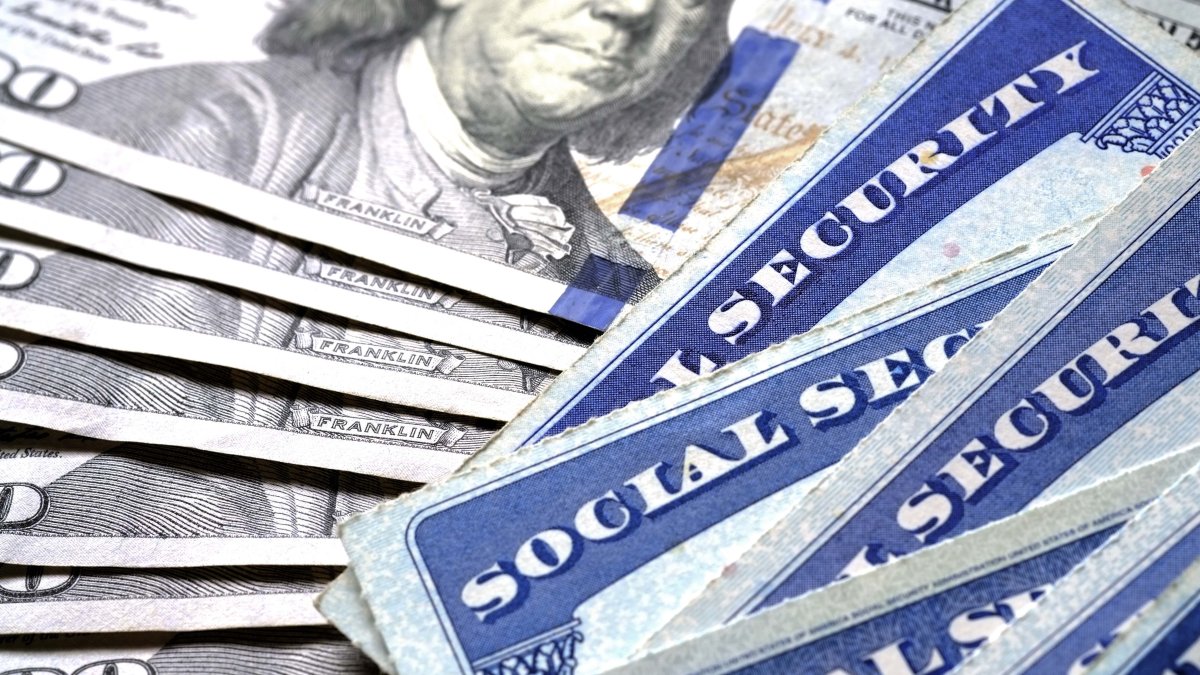what there is to know
- The Social Security income thresholds that subject benefits to tax have not been adjusted for decades.
- As a result, more beneficiaries are exposed to income tax on their benefits.
- But there are steps beneficiaries can take to avoid a tax surprise.
This tax season, older taxpayers may find that they owe Uncle Sam more money than they anticipated.
The reason: More of your Social Security benefits may be taxable after a higher cost-of-living adjustment of 5.9% in 2022. The record 8.7% cost-of-living adjustment this year can also result in more benefits being taxed, which retirees can see when they file next year.
Unlike other tax thresholds, Social Security income levels have not been adjusted for inflation since benefit taxation began in 1984.
Failing to move brackets or index them gradually exposes more and more people to income tax on their Social Security benefits, according to David Freitag, financial planning consultant and Social Security expert at MassMutual.
The result is a “stealth tax,” Freitag said.
How Social Security benefits are taxed
Up to 85% of social security benefits may be taxed, depending on the tax rules in force.
The levies beneficiaries pay are determined by a formula called “combined” income: the sum of adjusted gross income, tax-free interest, and one-half of Social Security benefits.
Those subject to the highest income tax, up to 85%, have a combined income of over $34,000 if filing individually, or over $44,000 if married and file jointly.
Up to 50% of benefits are taxable for individuals with combined income between $25,000 and $34,000 or married couples with income between $32,000 and $44,000.
Individuals and couples whose combined incomes are below these levels will not pay tax on their benefits.
If the thresholds had been adjusted for inflation, the initial level of $25,000, at which individuals are taxed, would be around $73,000, according to the Senior Citizens League. The initial threshold of $32,000 for couples would be $93,200.
A recent poll by the Senior Citizens League, a nonpartisan group of seniors, found that 58% of older taxpayers want Social Security thresholds adjusted.
“They feel it was discriminatory based on age, that this threshold hasn’t been adjusted like income tax brackets or the standard deduction,” said Mary Johnson, policy analyst at Social Security and Medicare to the Senior Citizens League.
“A lot of them would love to get rid of that tax altogether,” Johnson said.
But changing the thresholds would require the approval of a majority of House and Senate members, which can be difficult to achieve, Johnson noted.
For now, that leaves recipients to carefully manage their money to minimize their tax bills.
Adjusting deductions ‘makes all the sense in the world’
One way to make sure you don’t face a big surprise bill come tax time is to withhold more federal tax from your benefits.
With the 8.7% cost-of-living adjustment for 2023 taking effect in January, it “makes perfect sense” to adjust your deductions, Freitag said.
Such a move is “defensive planning”, he said.
“You might want to bump up your retention a bit just to make sure you don’t get shocked or shocked next year,” Freitag said.
For many retirees, getting a big check to send to the government by April 15 can be difficult. (Tax Day is April 18, 2023 because April 15 falls on a weekend and Washington, DC will honor Emancipation Day on Monday, April 17.)
The fact that the money is taken monthly makes it easier, Freitag said.
To adjust withholdings, recipients must complete IRS Form W-4V. Recipients can choose from four levels of Social Security check withholding: 7%, 10%, 12%, or 22%.
Freitag said he generally advises recipients concerned about their tax bills to withhold at least 10%, if not 12%.
Alternatively, recipients can tell the tax agency to stop withholding federal income tax from their benefit checks entirely.
You might want to consider reducing your deductions if you find you’re getting giant refunds, Freitag said, which amounts to “an interest-free loan to the government.”
Focus on other income
Beneficiaries who have funds other than what they can draw from in traditional IRAs or 401(k)s may want to go back there first and delay applying for Social Security benefits, Freitag said.
The reason comes down to how these sources of income are taxed.
For example, a $1 withdrawal from a traditional Individual Retirement Account, or IRA, would be reported as 100%. (It’s important to note that this does not apply to Roths, which savers can choose to hold, as such withdrawals are not taxed.)
However, at most 85% of a Social Security dollar would be exposed to tax.
“Each Social Security dollar has a minimum benefit of 15% on a distribution from a qualified plan,” Freitag said.
Using qualified money earlier in retirement can help defer filing for Social Security benefits. It can also help retirees get an 85% tax-efficient dollar for the rest of their lives, Freitag said.
This article was originally published in English by Lori Konish for our sister network CNBC.com. To learn more about CNBC, enter here.

